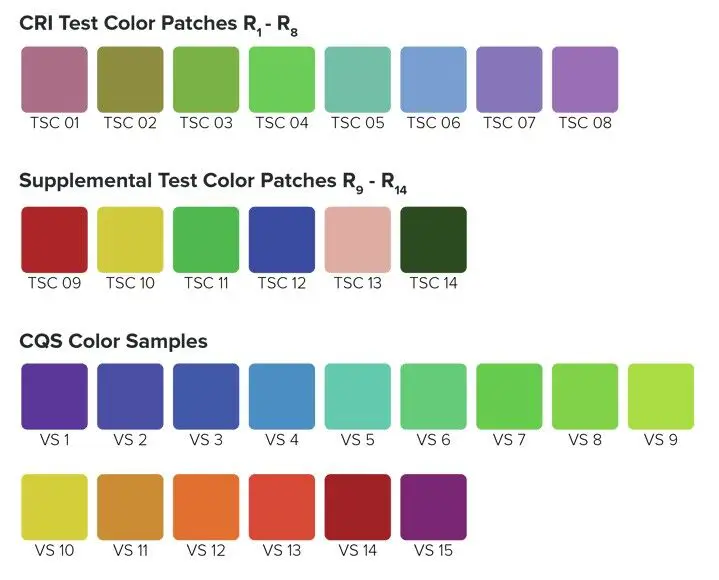
Now more and more people pay attention to the color rendering index (CRI), but few people know what R9 is. In fact, CRI and R9 are two very important factors when you choose lighting.
Table of Contents
1. What is CRI R9?
2. Why is CRI R9 important?
3. What is a good CRI R9 value?
4. Why is red so important?
What is CRI R9?
CRI R9 is one of the test color samples (TCS) used in the calculation of extended CRI. Many manufacturers will only report general CRI, however, which does not include the CRI R9 score.
R9 is a score that represents how accurately a light source reproduces a strong red color, and R9 is actually very important when discussing LED light quality. In fact, some percentage of R9 is found in all colors that make up the CRI value, but the specific ability of a lighting product to accurately reproduce red is critical to accurate overall color rendering.

Why is CRI R9 important?
CRI R9 is a very important metric, in fact many light sources will lack red content, but since R9 is not included in the average calculated by the CRI, it is rarely shown.
As the chart below shows, a light source can actually perform quite well with the first 8 test color samples, scoring quite well for R1-R8. For the general CRI Ra metric, this means that an LED with poor red color rendering can still get by with an 80 CRI (Ra) rating.

However, when we look closely at the R9 value, we can see that the light performance is very poor, especially for the red one.
What is a good CRI R9 value?
The maximum possible value of R9 is 100, but unlike the average CRI number, the judgment of R9 will be a little different.
Mathematically, R9 is harder to score high than the other R-values that make up the CRI calculation, it is more sensitive to spectral changes. Therefore, an R9 score of 50 or above would be considered “good”, while an R9 score of 90 or above would be considered “excellent”.
As a result, you will find that most lighting products on the market rarely specify an R9 value, and even if it does, it is usually not higher than 50.
Why is red so important?
Red is required in many applications, such as photography, textiles, and reproduction of human skin tones. Sometimes objects that don’t look red to us are actually combinations of colors, including red. For example, skin tone is largely affected by the redness of the blood flowing under our skin.
Therefore, the lack of red light can make people look pale, even a little greenish, so it is in photography or other applications such as medicine, the aesthetic appearance is crucial, and many times cannot be corrected even in post-production and digital editing.
The Color Rendering Index and R9 values are two important features, when it comes to selecting the right LED lights for your application.
